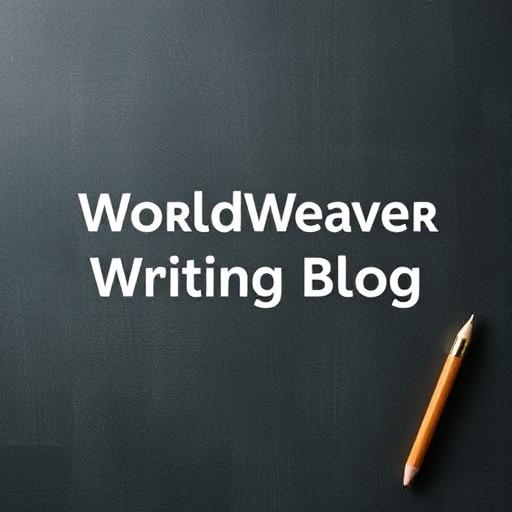Balancing Plot Twists and Predictability in Narrative Storytelling
This article explores the delicate balance between surprising plot twists and maintaining predictability in narrative storytelling, offering practical tips and techniques for writers to craft engaging and satisfying stories. By mastering this balance, writers can create stories that keep readers invested and eager to learn what happens next.

Introduction to the Art of Plot Balancing
When it comes to narrative storytelling, one of the most challenging tasks a writer faces is balancing plot twists and predictability. On one hand, surprising plot twists can keep readers on the edge of their seats, eager to uncover what happens next. On the other hand, too many unexpected turns can make a story feel disjointed and unpredictable. As writers, we want to craft stories that are both surprising and satisfying, with a narrative structure that feels cohesive and engaging.
To achieve this balance, it's essential to understand the fundamentals of narrative structure techniques, including how to create tension, build suspense, and resolve conflicts in a way that feels authentic and engaging.
The Importance of Predictability
Predictability is not necessarily a bad thing in storytelling. In fact, it's a crucial element that helps readers feel grounded and invested in the narrative. When readers can anticipate what might happen next, they become more engaged and emotionally invested in the story. This is because predictability creates a sense of familiarity and consistency, allowing readers to understand the rules of the world and the characters' motivations.
Some key benefits of predictability include:
- Creating a sense of continuity and cohesion
- Building tension and suspense through anticipation
- Allowing readers to become emotionally invested in the story
- Providing a sense of resolution and closure
The Power of Plot Twists
Plot twists, on the other hand, are what keep readers surprised and engaged. A well-crafted plot twist can completely upend a reader's expectations, adding a layer of complexity and depth to the story. However, too many plot twists can feel contrived or manipulative, undermining the reader's trust in the narrative.
To use plot twists effectively, consider the following:
- Make sure the twist is earned and feels organic to the story
- Use misdirection and foreshadowing to create suspense and surprise
- Avoid introducing random or unexplained elements that feel like a cheat
- Use plot twists to reveal character or deepen the themes of the story, as explored in developing themes and symbolism in narrative fiction
Balancing Act: Tips and Techniques
So, how do you balance plot twists and predictability in your narrative storytelling? Here are some practical tips and techniques to help you achieve this delicate balance:
- Use a mix of predictable and unpredictable elements to keep readers engaged
- Create a clear narrative structure, using techniques outlined in narrative structure techniques
- Make sure the plot twists are motivated by character or themes, rather than feeling random or arbitrary
- Use the world-building process to create a rich and detailed environment that feels immersive and engaging, as discussed in world and planet writing
World-Building and Series Connections
When building a world or writing a series, it's essential to consider how the different stories and plot threads connect and intersect. This can help create a sense of continuity and cohesion, even as you introduce new and unexpected elements. For more on crafting connections between series, see connections among series.
Writing Across Genres
Finally, don't be afraid to experiment and innovate across different genres and styles. By pushing the boundaries of what's expected in a particular genre, you can create a unique and captivating narrative that keeps readers engaged and invested. For more on writing across genres, see writing across genres: techniques for authors.
Conclusion
Balancing plot twists and predictability is a delicate art, but one that's essential for crafting engaging and satisfying stories. By understanding the importance of both elements, and using a range of techniques to balance them, you can create a narrative that's both surprising and cohesive. Remember to keep your readers in mind, and always be willing to experiment and innovate in your writing. With practice and patience, you can master the art of plot balancing and craft stories that will leave your readers eager for more.
Comments
Comments are hidden to save bandwidth. Load them when you want to read or leave one.







